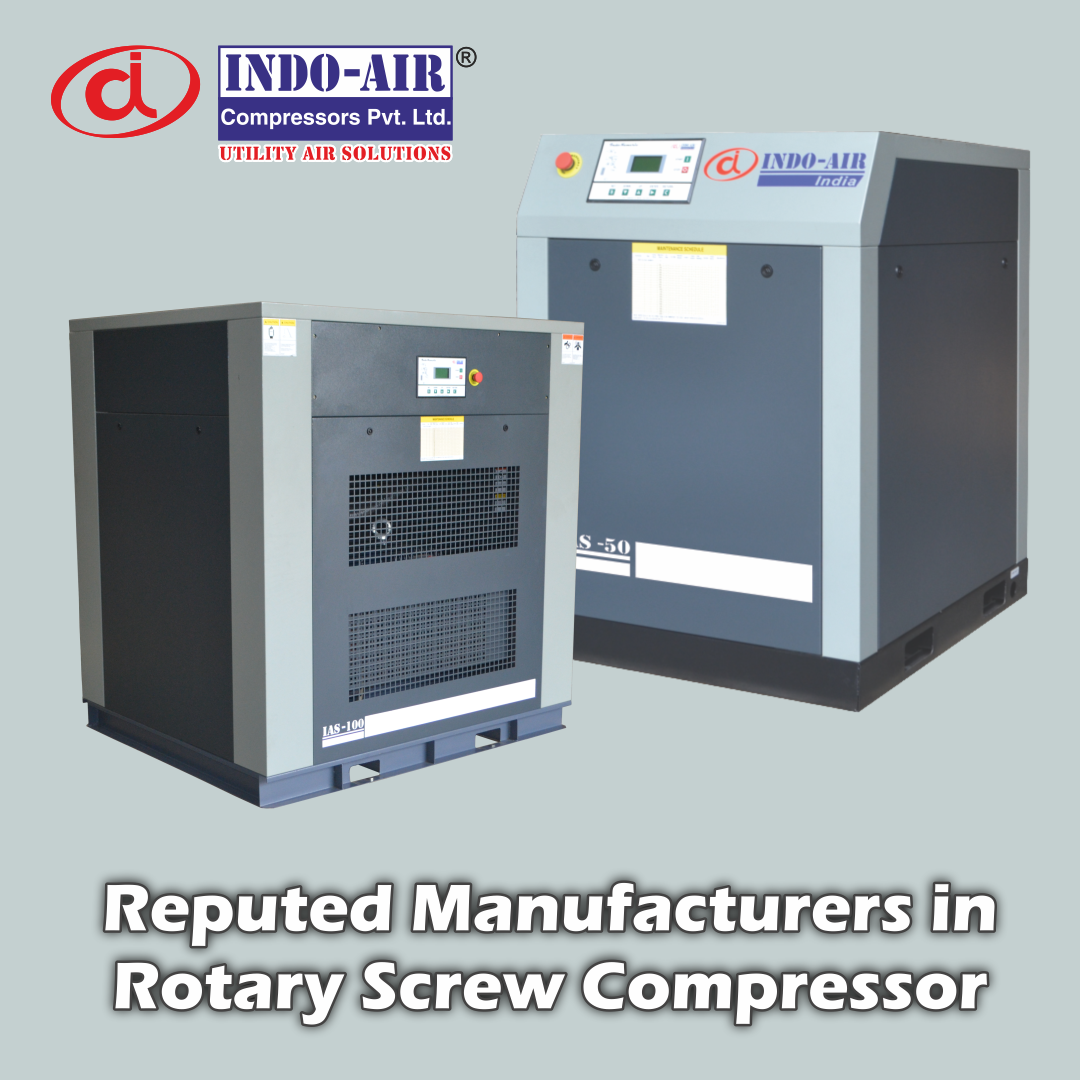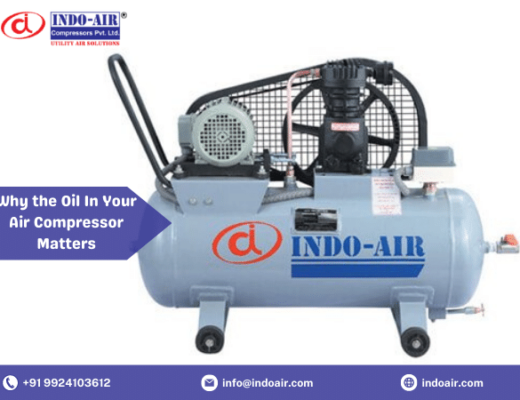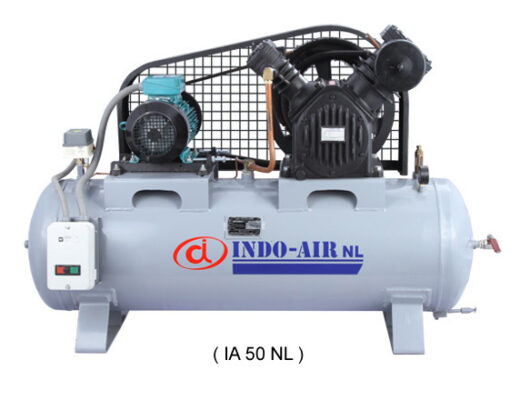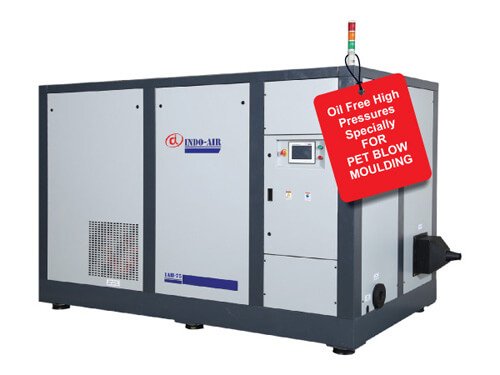A rotary screw air compressor less commonly known as a “twin-screw compressor” compresses air using a pair of helical screws that are intertwined. The air is constantly squeezed as the screws revolve. According to the compressor manufacturers in India, rotary screw air compressors are commonly employed in applications requiring continuous operation. For large industrial applications, this is the most often utilised as well as the successful air compression method.
Working of a Rotary Screw Air Compressor
Air is forced via a pair of revolving helical screws by a rotary screw air compressor (or rotors). As the two rotors revolve, they interlock, forming a series of chambers. The air is compressed into a smaller volume as it passes past the rotors. As the air flows through the chambers, it is compressed due to the reduction in volume. A rotary screw air compressor is just another form of a positive displacement compressor. Step by step working of the rotary screw air compressor is explained below
:- The air compressor motor drives the two entangled helical screws or rotors to revolve quickly.
:- The air is forced through the chambers by the rotation of the screws. This generates a vacuum, which forces additional air into the chamber via the air compressor’s intake.
:- As air passes through the chambers of the paired rotors, it is compressed into a smaller volume.
:- Compressed air is caught, dried, filtered, and utilised or stored as it exits the screw unit.
Types of Rotary Screw Air Compressors:
There are basically two types of Rotary Screw Air compressors and they are explained in brief below
Oil-Injected- Oil is used to lubricate the screw unit and maintain smooth operation in an oil-injected (or oil-flooded) rotary screw air compressor. The oil also aids in cooling the compressed air and preventing the machine from overheating. After the air is compressed and an oil separator is used to extract the oil. Oil carryover can leave a tiny quantity of oil in compressed air, which can be decreased further by inline filtering. The most popular form of rotary screw air compressor is an oil-injected compressor, which is suitable for most applications.
Oil-Free– A two-stage compression method is used by an oil-free (or oil-less) rotary screw air compressor. Between compression stages, air goes through an intercooler to reduce temperatures and avoid overheating. Oil-free rotary screw air compressors provide extremely clean air by removing any oil carryover. As per the oil-free air compressor manufacturers, oil-free rotary screw air compressors however, are more costly, more difficult to maintain, and louder than their oil-injected counterparts.
Rotary Screw Air Compressor Components
Air Inlet Valve
The point at which ambient air enters the air-end for compression.
Rotors
A pair of interlocking helical screws that compress air by rotating fast.
Compression Cylinder
The rotors are housed in this housing. A single compression cylinder or many cylinders for multi-stage compression can be found in a rotary screw air compressor..
Discharge Valve
The point at which compressed air leaves the air-end. The discharge valve can send air to an air receiver tank or straight to air-using operations.
Bearings
The rotors stay in position and revolve smoothly and quickly thanks to bearings on both ends. Anti-friction and corrosion-resistant bearings are common.
Other Core Compressor Components
Apart from the major components, there are various other core components which are
:- Motor For Air Compressor
:- Control System for Air Compressors
:- Filters for Air Compressors
:- Cooling System for Air Compressors
:- Gaskets and Seals




